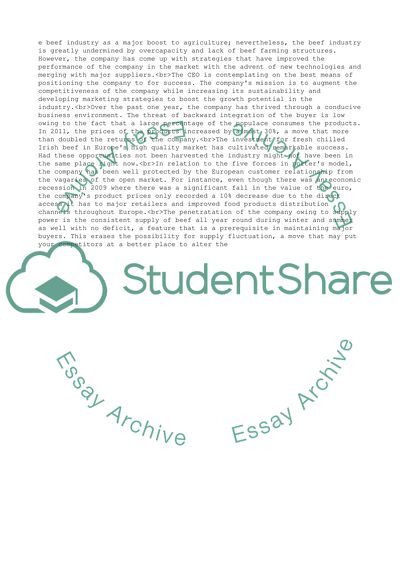Cite this document
(Kepak and the future of the Irish beef industry Essay, n.d.)
Kepak and the future of the Irish beef industry Essay. https://studentshare.org/business/1799927-kepak-and-the-future-of-the-irish-beef-industry
Kepak and the future of the Irish beef industry Essay. https://studentshare.org/business/1799927-kepak-and-the-future-of-the-irish-beef-industry
(Kepak and the Future of the Irish Beef Industry Essay)
Kepak and the Future of the Irish Beef Industry Essay. https://studentshare.org/business/1799927-kepak-and-the-future-of-the-irish-beef-industry.
Kepak and the Future of the Irish Beef Industry Essay. https://studentshare.org/business/1799927-kepak-and-the-future-of-the-irish-beef-industry.
“Kepak and the Future of the Irish Beef Industry Essay”. https://studentshare.org/business/1799927-kepak-and-the-future-of-the-irish-beef-industry.


